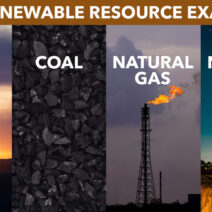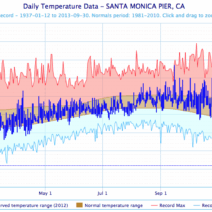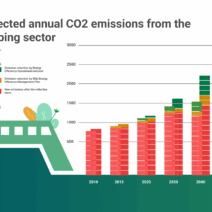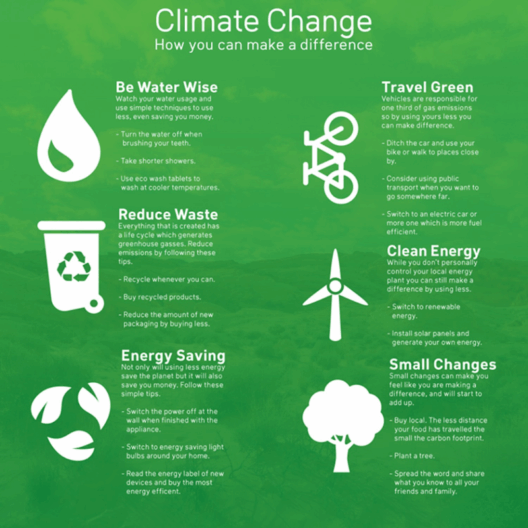Understanding the intricate relationship between deforestation and global warming necessitates a thorough examination of the pivotal role trees play in regulating the Earth’s climate. This discourse elucidates how the loss of forests exacerbates climate change and the critical contributions trees make in mitigating its impacts.
Every year, millions of acres of forest are repurposed for agriculture, urban development, and logging. This rampant deforestation results in a myriad of ecological ramifications, the most pressing of which is the increase in greenhouse gases in the atmosphere. As trees are felled, significant quantities of stored carbon dioxide are released, amplifying the greenhouse effect and driving climate change.
The Carbon Sequestration Ballet
Trees engage in the natural process of carbon sequestration, a phenomenon where they absorb atmospheric carbon dioxide and store it in their biomass. Through photosynthesis, trees convert carbon dioxide into oxygen, vitalizing our atmosphere and sustaining life.
Forests act as carbon sinks, sequestering billions of tons of carbon every year. In essence, these lush ecosystems are crucial buffers against climate change, absorbing approximately 2.6 billion metric tons of carbon dioxide annually.
When trees are removed, the sequestered carbon is released back into the atmosphere, contributing to higher concentrations of greenhouse gases. Notably, deforestation is responsible for nearly 15% of global carbon emissions—an alarming statistic that underscores the urgency of forest conservation.
The Alarming Ripple Effects of Deforestation
Beyond carbon emissions, deforestation has a cascading effect on local and global climates. The removal of trees disrupts the water cycle, leading to altered precipitation patterns and increased droughts. Trees play a critical role in transpiration, where they release water vapor into the atmosphere, aiding in cloud formation and enhancing rainfall.
With diminished forest cover, regions may experience severe water shortages. This water crisis not only threatens the ecological balance but also endangers agricultural productivity, particularly in areas heavily reliant on consistent rainfall.
Moreover, deforestation leads to soil degradation. Trees anchor the soil, preventing erosion and maintaining its fertility. Without trees, soil becomes susceptible to erosion by wind and water, diminishing its ability to support crops and jeopardizing food security. The loss of arable land exacerbates the impact of climate change, as communities struggle to adapt to shifting environmental conditions.
Forest Ecosystems: Biodiversity and Resilience
Forests are home to about 80% of the world’s terrestrial biodiversity. The loss of forested areas ravages the habitats of countless species, pushing many toward extinction. Biodiverse ecosystems are essential for resilience against climate change. They possess the inherent ability to adapt to environmental shifts more effectively than monocultures or degraded landscapes.
When forests are preserved, they support various wildlife species, which in turn contribute to ecological functions such as pest control, pollination, and nutrient cycling. These interconnected processes enhance the overall health of our environment and bolster the community’s capacity to withstand climate emergencies.
Global Initiatives: Towards Reforestation and Sustainable Management
Recognizing the dire implications of deforestation, numerous global initiatives are underway to promote sustainable forest management and reforestation. Organizations and governments are increasingly advocating for policies that prioritize the restoration of degraded lands and the preservation of existing forests.
Community-based forest management programs are particularly effective. They empower local populations to take responsibility for forest stewardship, fostering a sense of ownership and encouraging sustainable practices. Additionally, reforestation efforts not only restore lost ecosystems but also sequester carbon, thereby directly combating climate change.
Investments in agroforestry, where trees are integrated into agricultural landscapes, provide a dual benefit of enhancing biodiversity while boosting crop yields. This synergy between agriculture and forestry can help communities adapt to climate variations while reducing their carbon footprints.
Individual Action: Championing Forest Conservation
Everyone has a role to play in supporting forest conservation. Sustainable consumption practices can significantly reduce the demand for products driving deforestation, such as palm oil, beef, and timber. By making informed choices, consumers stimulate a shift toward sustainable agriculture and forest management.
Participating in local reforestation initiatives, advocating for policies that protect forests, and raising awareness about the importance of trees in mitigating climate change are all actions individuals can take to make a meaningful impact.
The interdependence of forests and climate stability is undeniable. As we grapple with the consequences of climate change, recognizing the pivotal role of trees is not just an ecological necessity but a moral imperative. Preserving our forests is crucial; it is an investment in a stable climate and a sustainable future for generations to come.
In conclusion, the linkage between deforestation and global warming requires urgent and concerted action. The collaborative efforts of governments, communities, and individuals are essential in safeguarding our forests and, consequently, our planet’s climate.







